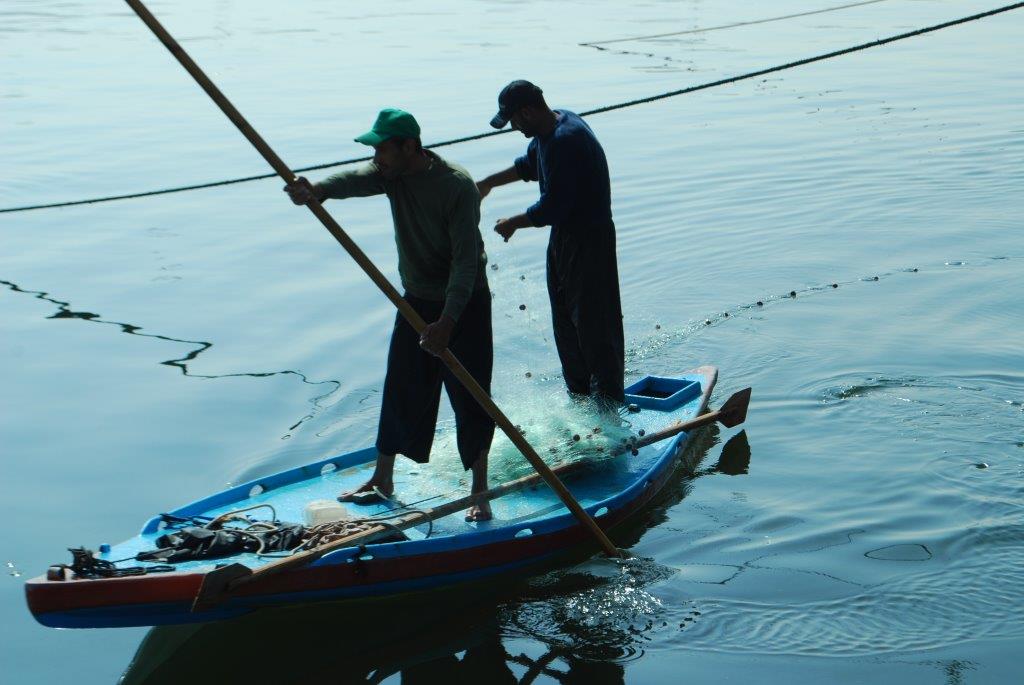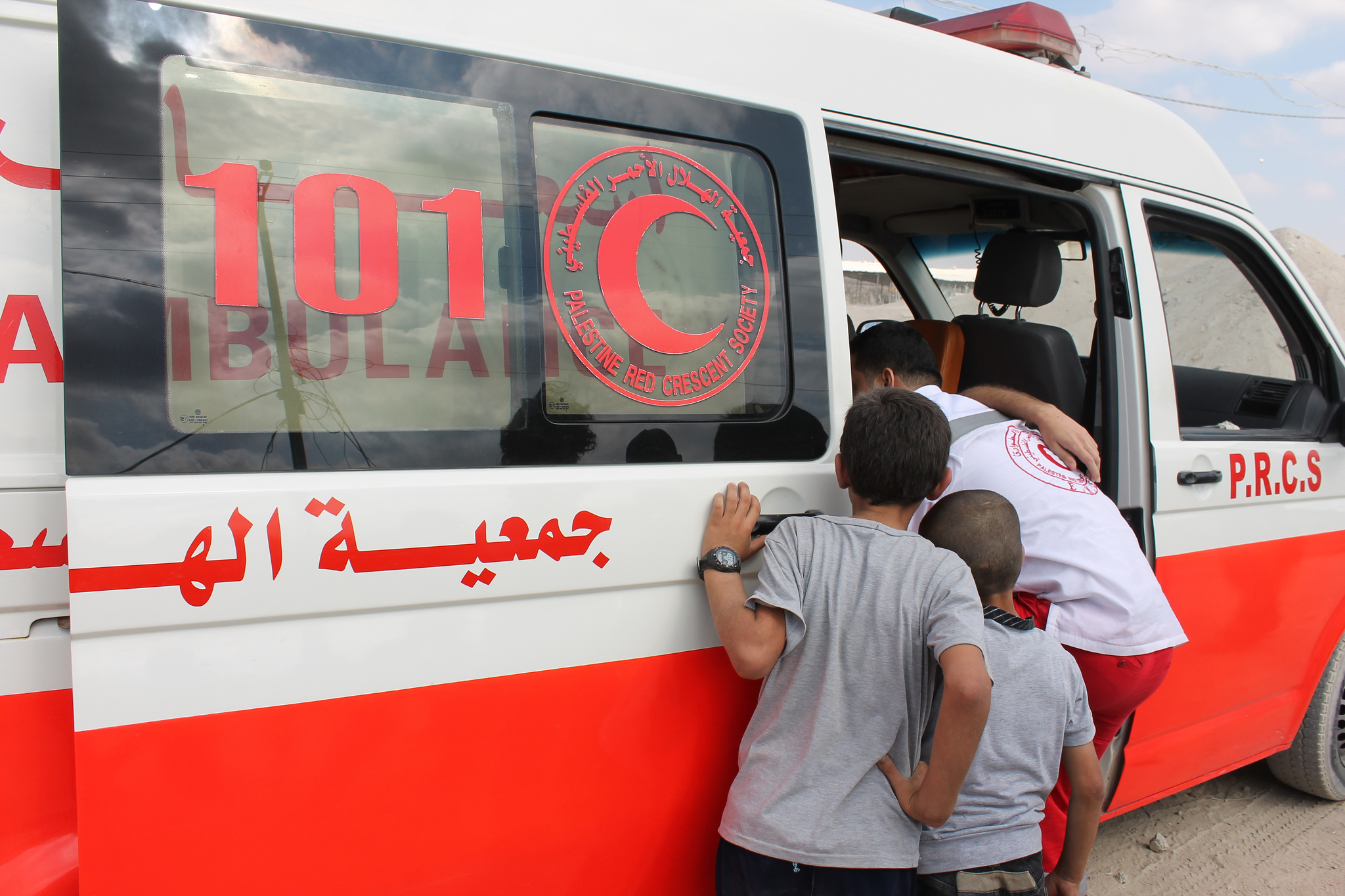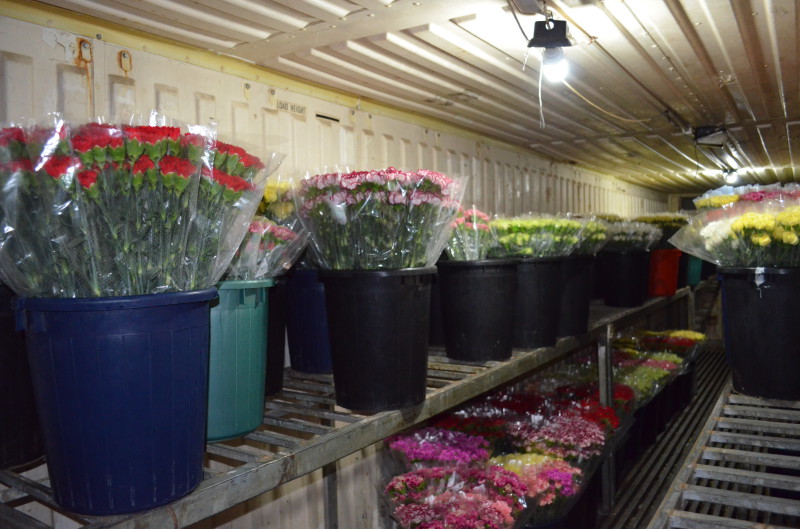Tag: Gaza Siege
-
Israel continues military violence against Palestinian fishermen in Gaza waters
19th February 2014 | International Solidarity Movement, Charlie Andreasson | Gaza, Occupied Palestine Three Palestinian fishermen were arrested and had their boats and gear confiscated by occupation forces on Tuesday, 11th February, in two separate incidents, despite the fact that they were well within the Israel-permitted zone and could not be classified as security threat to the State…
-
Will the flowers of Gaza break Israel’s siege this Valentine’s Day?
12th February 2014 | Corporate Watch, Tom Anderson and Therezia Cooper | Gaza, Occupied Palestine Valentine’s Day is almost upon us and for supermarkets and florists that means a massive increase in the sale of flowers. But how many romantic couples consider where the flowers they exchange are grown? Farmers in Gaza have long been encouraged by…



